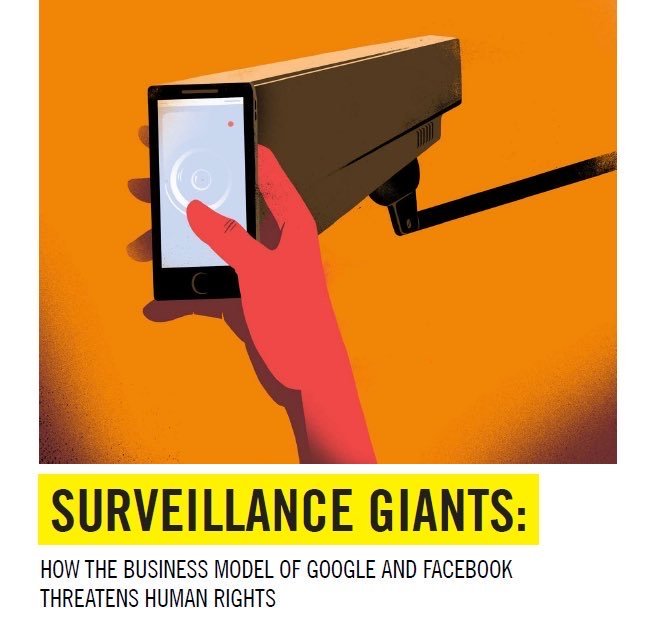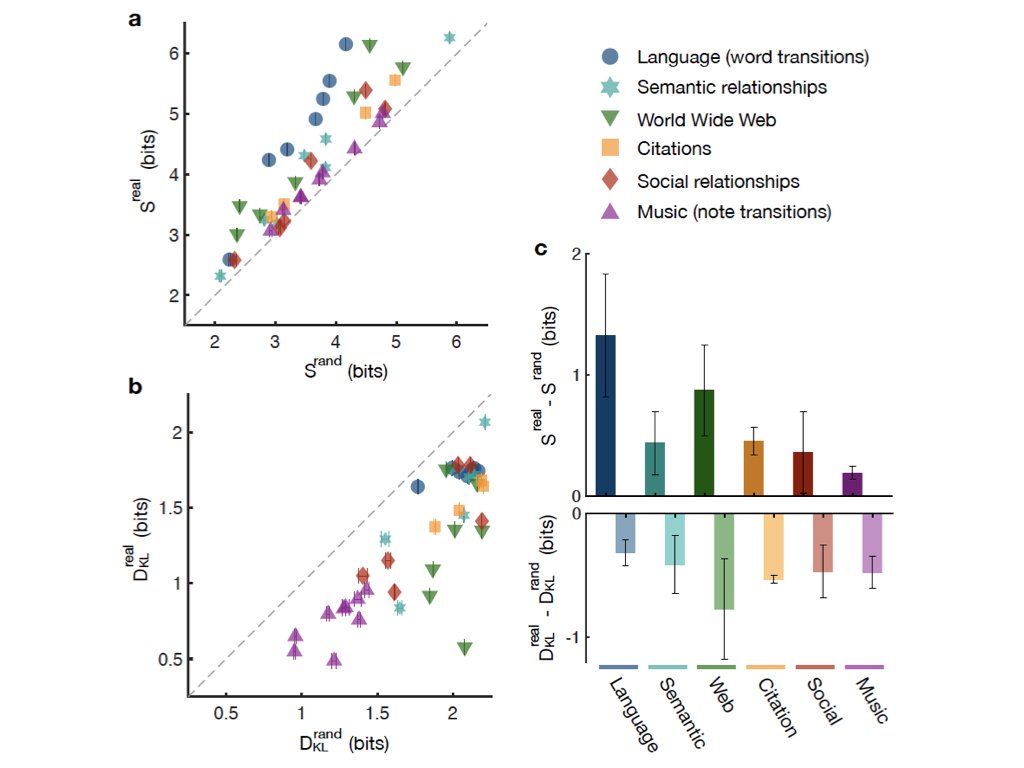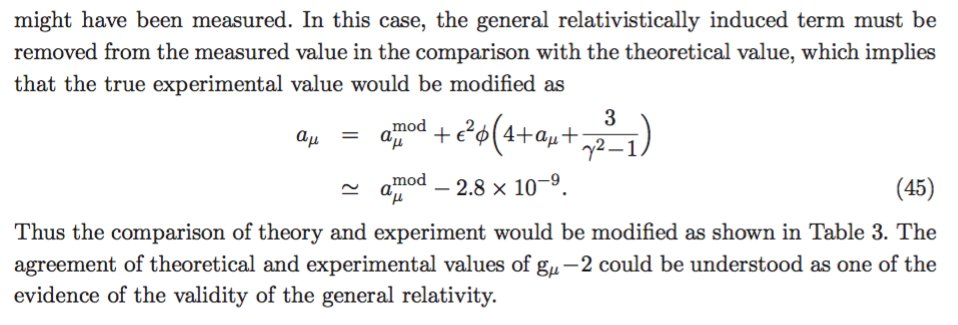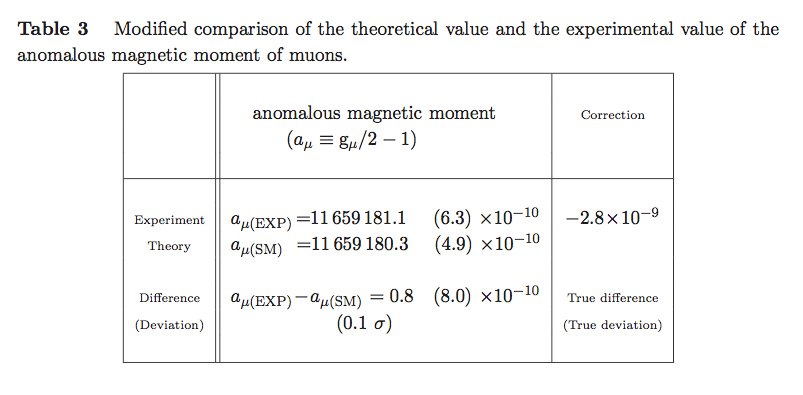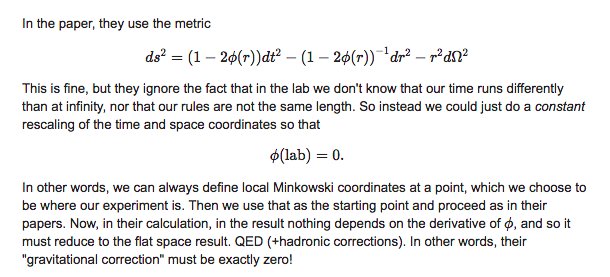Transitivity and degree assortativity explained: The bipartite structure of social networks
arxiv.org/abs/1912.03211
A thread on #affiliationnetworks (#bipartitenetworks #twomodenetworks) and their importance to social systems.
Why?
What they meant is: social systems have an underlying bipartite structure!
That's the case of affiliation networks: sets of actors and groups (events, clubs, church, etc). They are connected if an actor belongs to one of these groups.
And the answer to Larremore et al. is: assortativity is due to properties of social networks.
Groups create cliques of actors and actors connect these groups together.
While transitivity and intermodular connectivity increase assortativity, relative branching decreases it.
Otherwise, if the degree distribution of actors is more right-skewed, the projection tends to be dissortative.
Well, this is great! When that happens, cycles of size four are created in the bipartite network.
arxiv.org/abs/1909.10977
researchspace.auckland.ac.nz/handle/2292/46…
How these small cycles affect transitivity and assortativity?
That is, small cycles play in favor of higher levels of these properties in social networks!
-underlying bipartite structure.
-distribution of groups size, often more skewed than that of the number of groups to which actors belong.
-repeated interactions and triadic closure among actors.


